If you are buying new sports clothes such as a hiking shirt or underwear, it is very likely that you will stumble upon the feature called flatlock seams. Clothing brands typically explain that flatlock seams eliminate chafing and increase the durability of the garment. But is this really true? In the last couple of years, I tested many hiking garments (see the gear tests section), some with flatlock seams and some without flatlock seams, and below I will explain when flatlock seams are a necessary feature and when they are unnecessary. However, let’s first clarify what flatlock seams are and how to distinguish between them and normal seams.
Table of Contents:
- What are flatlock seams?
- Which garments have flatlock seams?
- When are flatlock seams a necessary feature?
- Conclusion
What are flatlock seams?
Regular seams are made by putting two pieces of fabric on top of each other, right side to right side, and sewing along the edge which creates a flap on the inside of the garment due to the seam allowance. Flatlock seams are made by placing two pieces of fabric side-by-side and sewing the raw edges directly together – therefore there is almost no bulk. Sounds complicated? It’s actually not – see the image below. The left garment has flatlock seams and the right garment has regular seams.
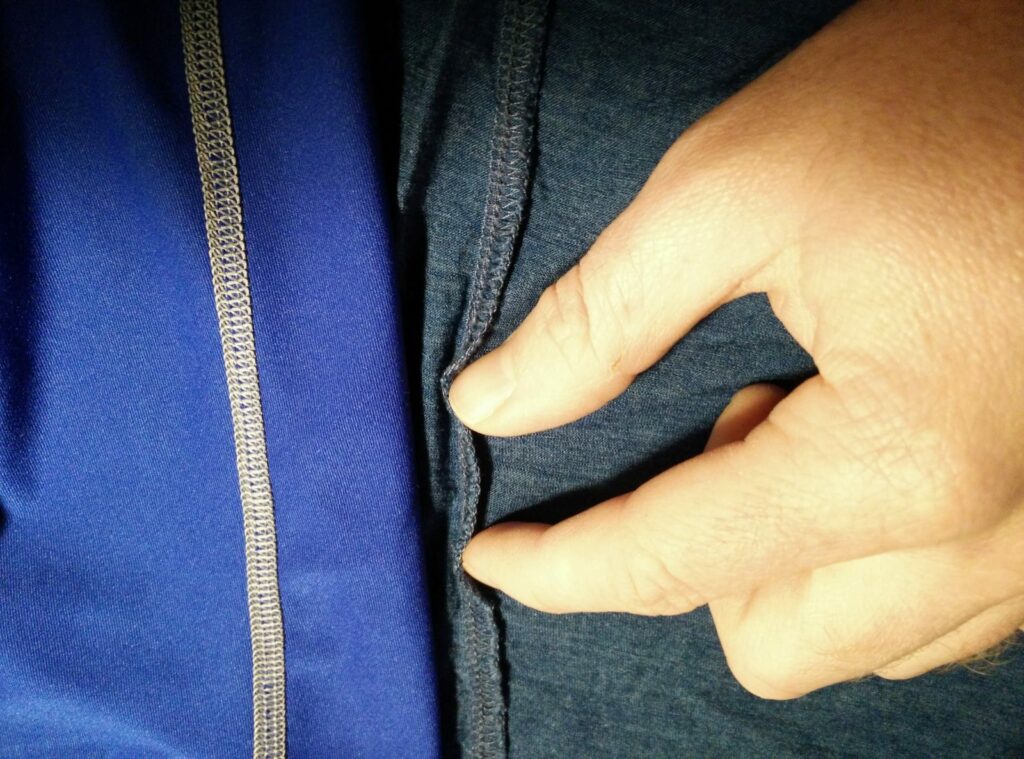
Flatlock Seams VS Regular Seams
As you see on the image above, flatlock seams do not have any layers to the underside while regular seams leave the fabric hanging around on the inside of the garment.
Which garments have flatlock seams?
Flatlock seems are usually used for next-to-the-skin garments such as t-shirts, long sleeve shirts, pants, underwear, gloves and hats. These garments must be extra comfortable, so they don’t chafe you skin or cause any other discomfort. Insulation layers like fleece jackets typically also have flatlock seams because the fabric is relatively thick. Regular seams are not the best option for thick garments because the seam allowance would make the garment extra bulky.
When are flatlock seams a necessary feature?
There is no doubt that flatlock seams are necessary for pants and thick garments such as fleece jackets. These garments would be very bulky without flatlock seams and the hanging fabric on the inside would limit your range of motion. However, when it comes to base layers, I can argue that flatlock seams are not always of the utmost importance – depending on the fit and fabric.
Many Merino base layers have regular seams and there is a good reason for that. Merino wool is very soft to the touch and thus it’s unlikely that the hanging fabric on the inside of the garment will chafe your skin or cause any other discomfort. Furthermore, such base layers are typically not tight-fitting because Merino fibers are not very stretchy. Note that tight-fitting garments increase the possibility of chafing because they press the seams against your skin. I regularly use several Merino garments that don’t have flatlock seams for hiking and I have never had any problems with chafing or discomfort. These garments include the Icebreaker Tech Lite t-shirt and Woolx Merino hat.
When it comes to polyester (or nylon) base layers, flatlock seams are more important. I would never buy a polyester base layer without flatlock seams because polyester is a much rougher fabric than Merino wool. Therefore, it’s more likely that the seam allowance of a regular seam will chafe your skin. Furthermore, many polyester next-to-the-skin garments these days have the so-called compression fit or tight fit which presses the seams tight against your skin.
As for the durability of garments, I haven’t noticed any difference between flatlock seams and regular seams. None of my garments started tearing at the seams, but many started tearing in high-abrasion areas – thighs, under the arms etc. I guess that both flatlock and regular seams can be very strong.
Conclusion
So, when should you double-check if the garment has flatlock seams? I indeed recommend checking this if you are buying a synthetic next-to-the-skin garment (shirts, pants, underwear, hats, gloves etc.) or a thicker garment like a fleece jacket or a jacket with synthetic insulation. You, however, don’t have to bother with flatlock seams if you are purchasing a garment made of Merino wool as it is very unlikely that such a garment will chafe your skin.
I’d love to hear about your thoughts on flatlock seams. Write them in the comments section below.
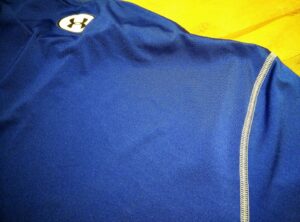
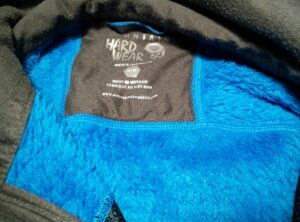
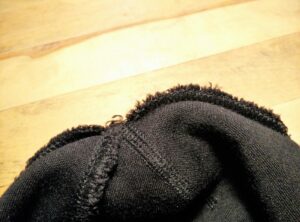

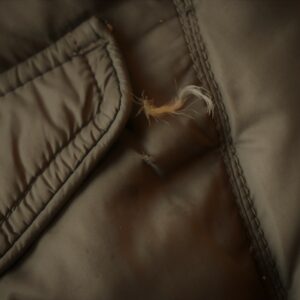


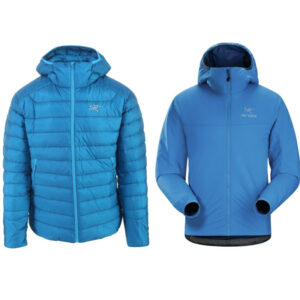
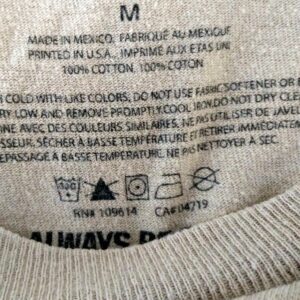



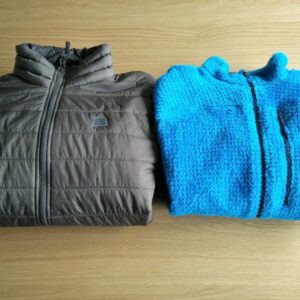











i live in Canada where can a guy get this underwear as chaffing is a problem in the groin area Thanks
Hi Bruce,
you should be able to get long synthetic underwear with flatlock seams in basically every outdoor/sports shop.